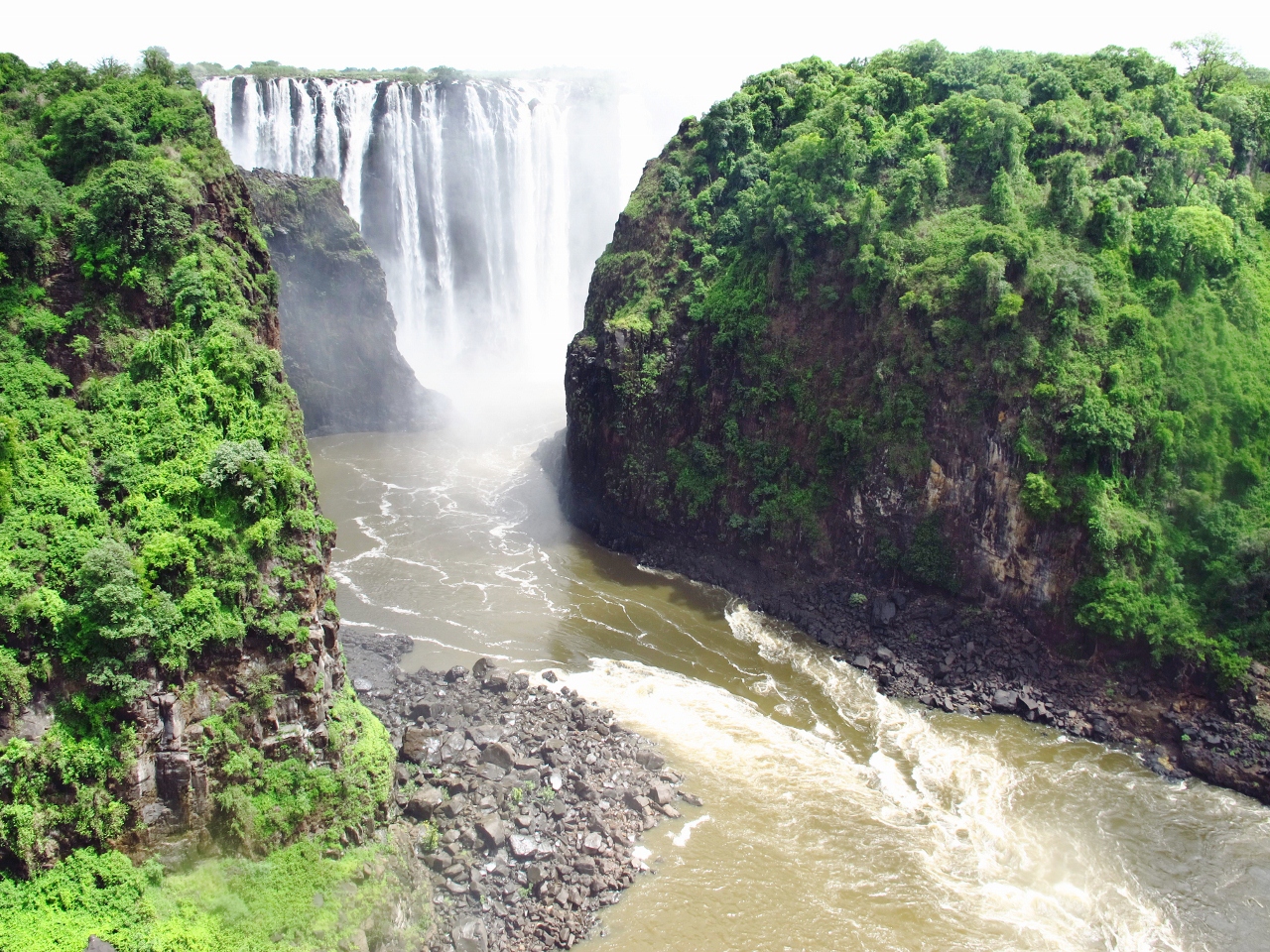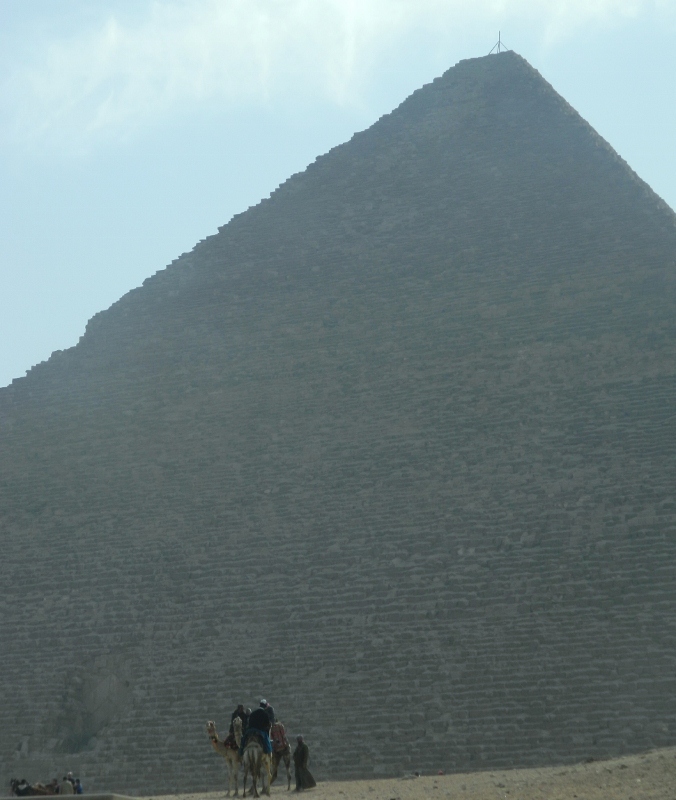Safari-“an expedition to observe animals in their natural habitat”
Grandiose visions of wildlife, migrating wilder beast, roaring lions and galloping giraffe filled my gleeful mind when I first envisioned traveling through East Africa. A budget of about 10usd a day aught to cut it, I reasoned when I turned my wheels south into the continent from Cairo, Egypt. After all cycling is a low cost form of traveling and a great way to have a budget adventure. However, tourism is well established in Eastern Africa. high end holidays options abound. I do fully encourage African nations to make the most out of what they have to sell. However, some of us are still on a tight budget.

For instance entrance fees and transport to the pyramids round out at about 50-75usd, which I saw for free when I cycled out of Cairo and that herd of wilder beast will cost you 200usd plus a day to catch a binocular sized glimpse of them from afar roaming over the Serengeti plains of Kenya and Tanzania. But like most travelers, I came to experience Africa and for me that means looking at wacky wonderful species I had only seen in captivity.

So how do you see Africa on a tight budget. After 3 plus years of cycling the world, it is safe to say I travel on limited means. I cut accommodation costs by sleeping for free at religious missions, police compounds, schools and outback of small shops on route meeting new friends and sharing my photos and stories along the way.

I venture in to the occasional tourists campground for 8-15usd a night in areas too heavily populated to sleep safely out in the bush somewhere. Although, free bush camping is great fun with the rainbow colored lizards, slugs the size of my hand and the fancy funny insects, spiders and snakes. So how can you spot those lions, tigers and budget bears, oh my ? (Other then clicking your heals together that is). Here are some things I have learned this past year to keep the low cost fun going.

Bring A Tentmany campgrounds, backpackers and lodges have camping spots that will cost you half the price of a room. It is also less hot outside in the breeze than indoors most of the time.
Game Reserves are a fraction of the cost of national parks and often will allow cycling/walking. Reserves of Malawi, Kenya and Zambia are great examples of this. They are home to giraffe, zebra and hippos.
Have elephants forgotten where the park boundary is?
Cycle or walk around outside the national parks that have known animals populations. The elephants of Botswana are often seen for free outside park boundaries saving the cost of entrance fees. Warthogs haven’t got a clue about boundaries either. Lions are rarely spotted during the day but also roam about at night outside the lines and probably best left out in the dark.
Ask other travelers where they have spotted animals for free.
-The odds are pretty good that the giraffe they saw last week eating on the side of the road has develop a taste for that specific area.
-Northern Namibia Zebras, Giraffe.Malawi, crocodiles love the lake and are often spotted in Nhkata Bay.
-Uganda Lake Victoria area, hippos live by the dozens in the south east corner and easily spotted for free from the dirt tracks at a distance.
Sudan,watch camels galore make their way north through the Sahara to Egypt.
Special note: There are some hazards. I pushed Pandemic The Magic Bicycle through the woods this past week while stalking a zebra. A thorny stick poked my leg through my pants…fast forward 3 days. I have a tropical ulcer on my leg which is healing well and doesn’t feel too bad to cycle on. So, be careful out there because even zebras for zero dollars have their costs.




Great tips Loretta. Definitely tour cyclist have advantages here to get free sigthings. A real flexibe piece of transportation.
Reminds me of the bum-crater you had after the Mongolian tour!
Glad your leg's healed! Thanks for making the awesome website!!!
CJ, Hohhot, Inner Mongolia, China 😉